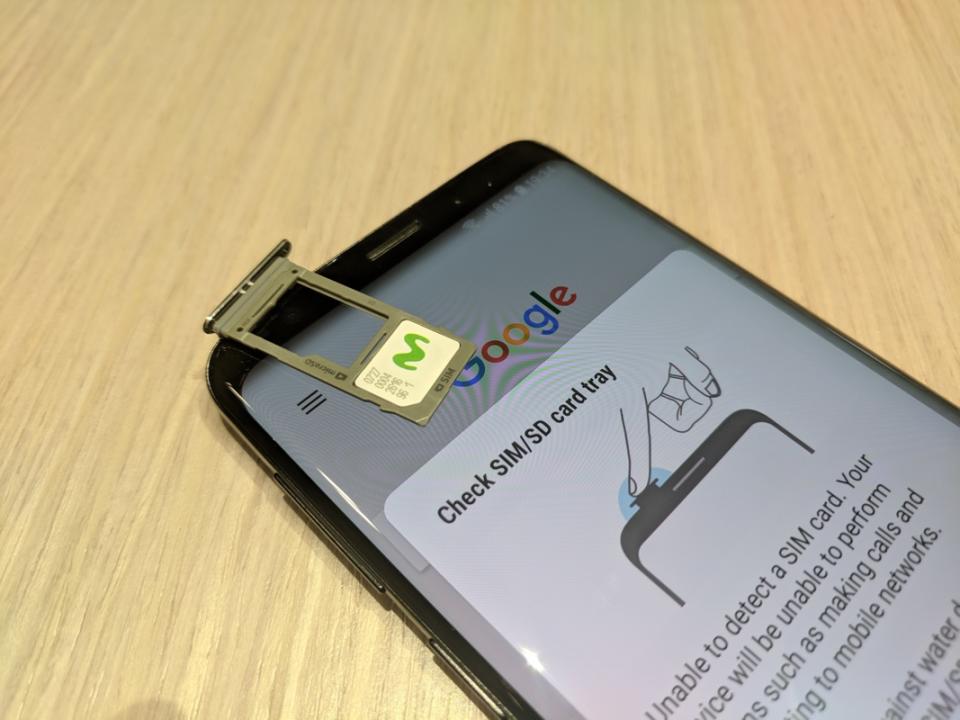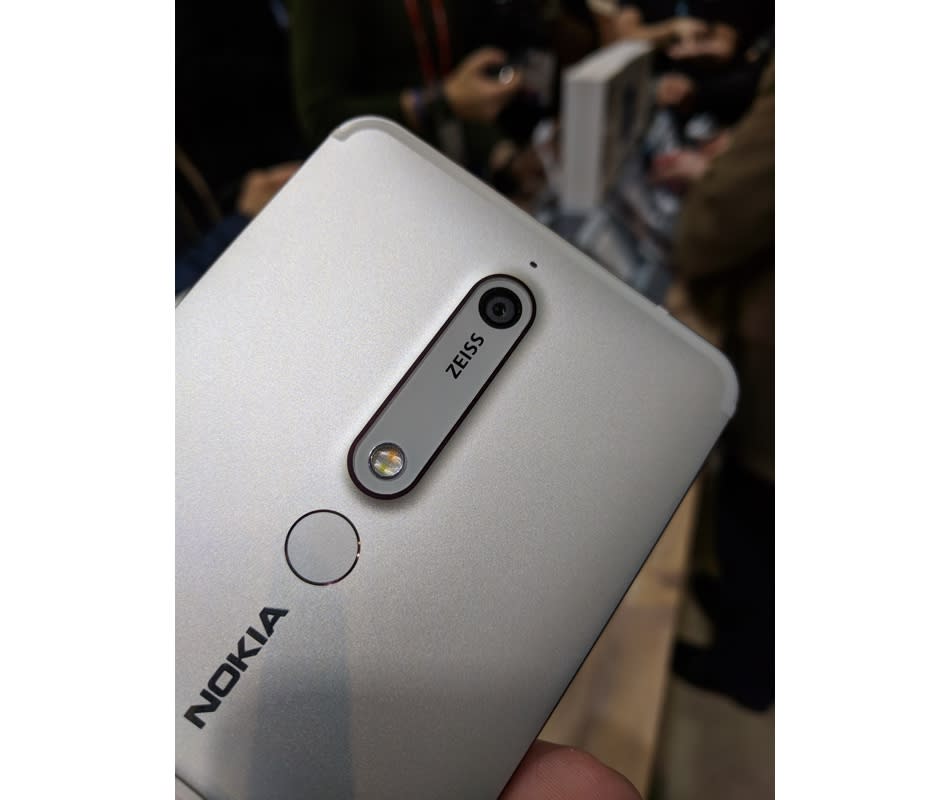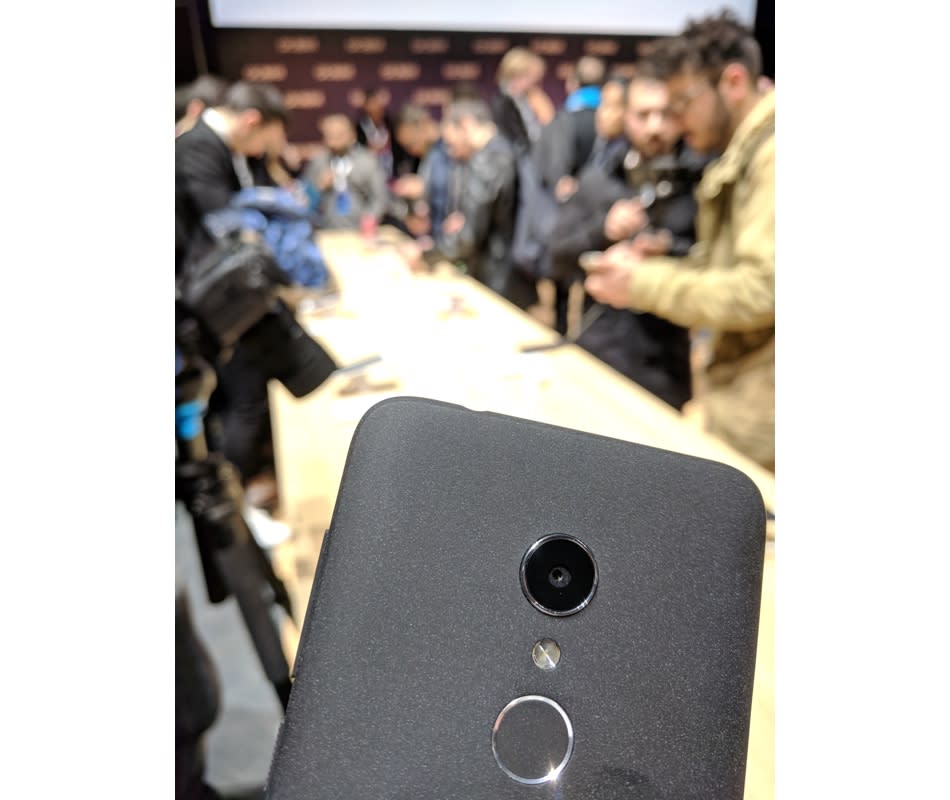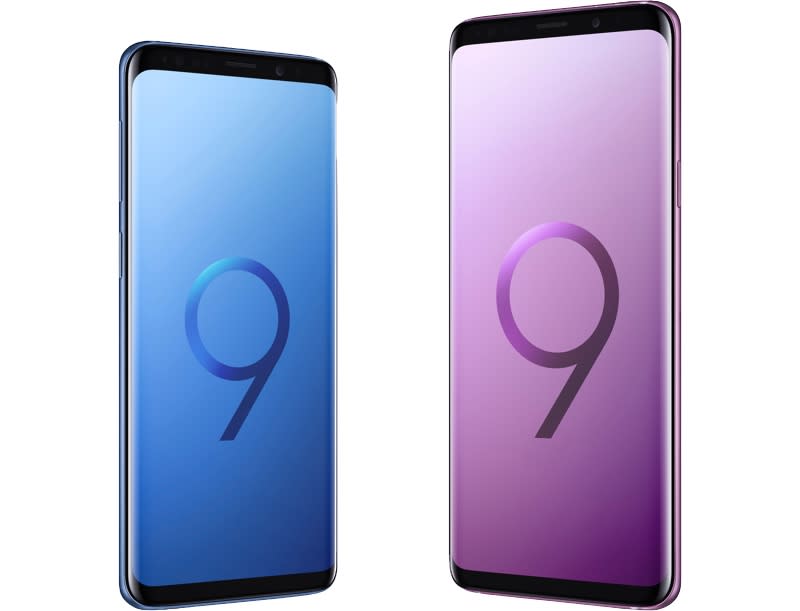Don't buy these smartphones through your carrier

BARCELONA — Most of the smartphones on display here at Mobile World Congress 2018 lack a common ingredient commonly found in U.S.-market devices: a carrier’s stamp of approval.
In much of the rest of the world, a wireless carrier is a bystander to a wireless-device purchase. People buy unlocked phones and then pop in the SIM card of the carrier of their choice. Sometimes they don’t even have to choose just one, thanks to dual-SIM phones that can switch to whichever service has the better deal at the moment.
The U.S., however, is still waking up from a different regime in which carriers decided the phones you buy. Although AT&T (T), Sprint (S), T-Mobile (TMUS) and Verizon (VZ) have all given up selling phones at low prices subsidized via higher service fees, they’ve kept themselves in the phone-procurement loop with installment-payment plans and lease arrangements.
You, however, don’t have to keep buying into that system. And three families of unlocked Android phones introduced at Mobile World Congress could be your reason not to.
Nokia
This old name in phones resurfaced last year when the Finnish firm HMD Global shipped a set of phones running current and factory-spec Android, free of the bloatware and manufacturer alterations. This year’s lineup — the New Nokia 6, Nokia 7 Plus and Nokia 8 Sirocco — renew that sales pitch with a guarantee of at least two years of updates for their Android 8.1 operating systems.
Traditionally, the only way to get that certainty has been to buy a phone from Google (GOOG, GOOGL) itself. But two of the three new Nokias will sell for less than Google’s Pixel 2 series when they ship in April.

The 5.5-inch New 6, the smallest of the bunch, will ship in April at an average retail price of €279 (about $340 at current rates), while the 6-inch 7 Plus will average €399 ($487). The 5.5-in. 8 Sirocco, however, exceeds the Pixel 2’s price at €749 ($913). It also repeats the Pixel 2’s error of omitting a headphone jack.
Although Nokia hasn’t announced U.S. prices, you should expect to see at least some of them sold here. Marketing head Jackie Kates said last year’s phones did well when sold unlocked at Amazon (AMZN) and Best Buy (BBY).
A fourth Android model, the $85 Nokia 1, runs a pared-down version of Android called Go, which Google pruned to run well even on entry-level hardware.
Alcatel
This subsidiary of the Chinese firm TCL already has a decent U.S. business selling phones to prepaid-service users. The Android models it introduced at MWC may not expand its carrier support, but at these prices they may not need the help.
Cheapest among them is the Alcatel 1X, a 5.3-in. Android Go phone due in April for €100. It looks and feels more expensive than that — aside from featuring its last-generation micro-USB port.

The Alcatel 3 line, which ranges from €150 to €190, and the Alcatel 5, priced at €230, run standard Android — although the more expensive model ships with the 2016-vintage Nougat release of Android, which is not a good look in 2018.
As with Nokia, Alcatel company hasn’t released U.S. prices, but you should expect most of these models to appear in the States within six months.
Unlike Nokia, however, Alcatel has made its own modifications to Android. The company added a a Face Key facial-recognition option to unlock the phone in addition to the fingerprint sensors, and allows you to set the fingerprint sensor to unlock the phone to a specific app when you tap a designated finger. For instance, you could open the phone to Facebook (FB) with a swipe of your middle finger.
Samsung
Samsung’s Galaxy S9 and S9 Plus come with a feature that hasn’t gotten as much attention as their cameras or AR emoji: interest-free financing from Samsung itself for an unlocked version. Just like the carriers, you can even trade in your current phone for a credit of up to $350.

Three of the four carriers, meanwhile, propose to charge you extra for the privilege of buying the phone in one of their stores or at their sites. AT&T’s 30-month installment-payment deal will leave you paying $790 for the $720 S9 and $915 for the $840 S9 Plus. At Sprint, its lease deal yields prices of $792 and $912. And at Verizon, you’ll pay the highest prices of all, $800 and $930.
Those three also charge device-upgrade fees of $20 to $30 that you dodge if you bring your own device.
T-Mobile, to its credit, will only charge list price. But if you take T-Mo up on its installment-payment option, you’ll also have the phone locked against use with any other carrier until you finish paying it off, while Samsung’s deal gets you the phone open to any compatible network’s SIM card.
In other words, buying direct from the manufacturer lets you use the phone as if it’s actually your property. If paying less for that autonomy isn’t enough of an incentive, I don’t know what will be.
(Disclosure: Verizon is the parent company of Yahoo Finance.)
Follow Yahoo Finance on Facebook, Twitter, Instagram, and LinkedIn
Email Rob at [email protected]; follow him on Twitter at @robpegoraro.
